Home>Gardening & Outdoor>Landscaping Ideas>How To Get Sea Grass
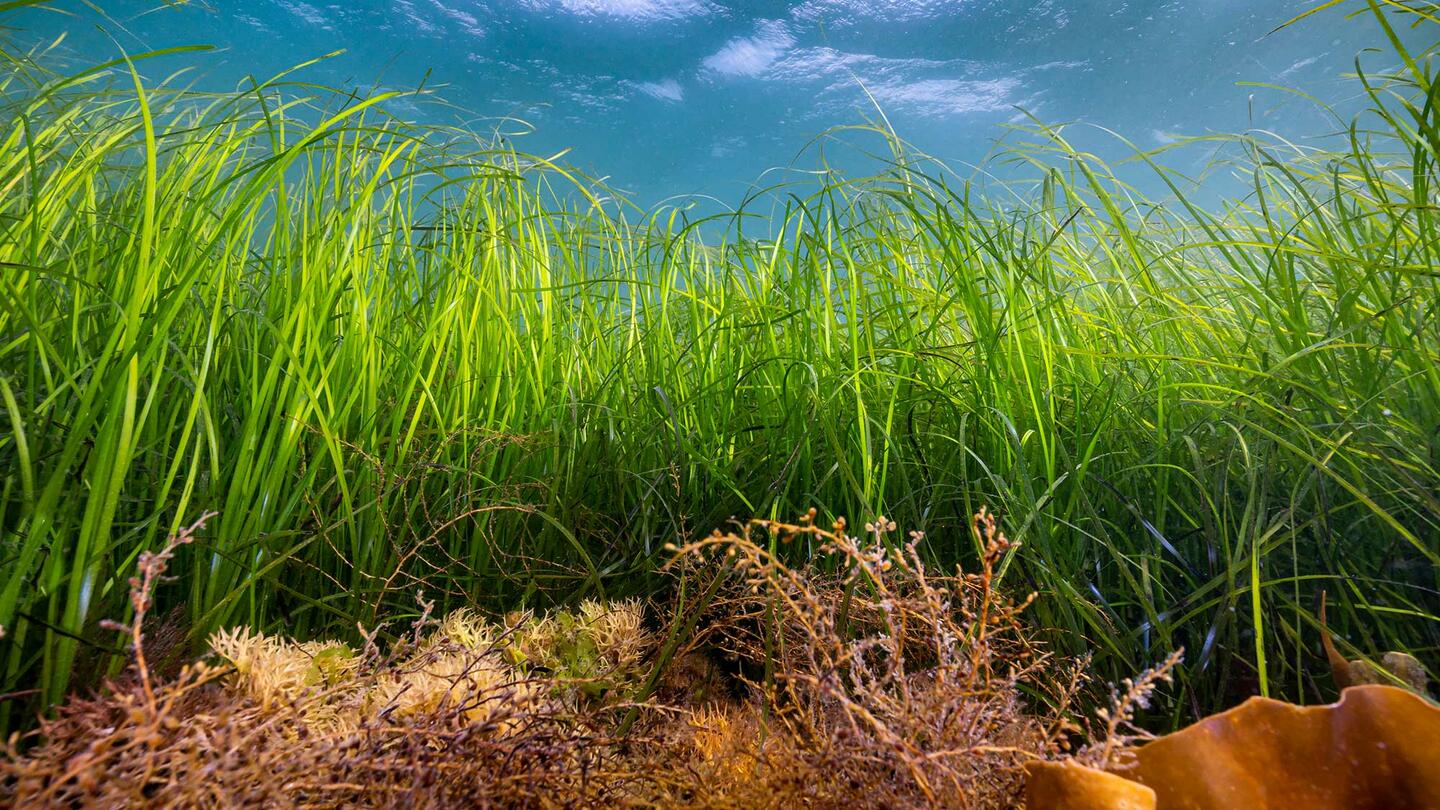

Landscaping Ideas
How To Get Sea Grass
Published: January 28, 2024
Discover effective landscaping ideas for incorporating sea grass into your outdoor space. Learn how to get sea grass and enhance your landscape today!
(Many of the links in this article redirect to a specific reviewed product. Your purchase of these products through affiliate links helps to generate commission for Storables.com, at no extra cost. Learn more)
Introduction
Welcome to the wonderful world of sea grass! If you’re looking to enhance your landscaping with a touch of natural beauty, sea grass can be a fantastic addition. Not only does it bring a coastal charm to any outdoor space, but it also offers numerous environmental benefits. From providing habitat for marine life to stabilizing shorelines, sea grass plays a crucial role in maintaining the health of coastal ecosystems.
In this comprehensive guide, we’ll delve into the fascinating realm of sea grass, exploring everything from understanding its unique characteristics to the practical aspects of harvesting and incorporating it into your landscaping projects. Whether you’re a seasoned gardener or a landscaping enthusiast, this article will equip you with the knowledge and skills needed to acquire and utilize sea grass effectively.
So, let’s embark on this exciting journey and discover the wonders of sea grass together!
Key Takeaways:
- Sea grass is a vital plant for coastal ecosystems, providing habitat for marine life and stabilizing shorelines. Understanding its unique characteristics and suitable locations is crucial for successful cultivation.
- Harvesting and transplanting sea grass requires careful planning and gentle extraction techniques to ensure the health and viability of the plants. Proper preparation and storage are essential for successful integration into new habitats.
Read more: How To Collect Sea Grass
Understanding Sea Grass
Sea grass, also known as eelgrass or tape grass, is a group of flowering plants that thrive in marine environments. Contrary to its name, sea grass is not a type of seaweed; rather, it is a true plant with roots, stems, and leaves. These remarkable plants form extensive underwater meadows, providing vital habitats for a diverse array of marine creatures, including fish, crabs, and seahorses.
One of the most fascinating aspects of sea grass is its ability to oxygenate the water. Through a process known as photosynthesis, sea grass absorbs carbon dioxide and releases oxygen, contributing to the overall health of the marine ecosystem. Additionally, the dense root systems of sea grass help to stabilize sediments, reducing coastal erosion and maintaining water clarity.
Sea grass comes in various species, each with its own unique characteristics and habitat requirements. Some species, such as Zostera marina, thrive in colder waters, while others, like Thalassia testudinum, prefer warmer tropical environments. Understanding the specific needs of different sea grass species is crucial when considering their introduction into a new habitat.
Furthermore, sea grass exhibits remarkable resilience, adapting to fluctuating salinity levels and tidal movements. These adaptive qualities make sea grass a valuable asset in coastal restoration projects, where it can contribute to the stabilization of shorelines and the rejuvenation of degraded marine habitats.
By gaining a deeper understanding of sea grass and its ecological significance, you’ll develop a greater appreciation for its role in sustaining marine biodiversity and promoting environmental balance. In the following sections, we’ll explore the practical aspects of acquiring and utilizing sea grass in landscaping projects, allowing you to harness its natural beauty while contributing to the preservation of coastal ecosystems.
Identifying Suitable Locations
When considering the incorporation of sea grass into your landscaping endeavors, it’s essential to identify suitable locations where this unique plant can thrive. Sea grass requires specific environmental conditions to flourish, and understanding these factors is crucial for successful cultivation.
First and foremost, sea grass thrives in coastal areas with ample sunlight. These plants rely on sunlight for photosynthesis, so it’s essential to select locations that receive sufficient light throughout the day. Additionally, the clarity of the water is a critical factor, as sea grass requires relatively clear and unpolluted aquatic environments to thrive. Areas with excessive sedimentation or high levels of nutrient runoff may not be conducive to the growth of sea grass.
The substrate composition of the seabed also plays a significant role in determining the suitability of a location for sea grass cultivation. Sea grass prefers sandy or muddy substrates that allow for the anchoring of its root systems. In contrast, rocky or excessively compacted seabeds may hinder the establishment and growth of sea grass meadows.
Furthermore, water depth and tidal fluctuations are important considerations when identifying suitable locations for sea grass. While sea grass can adapt to varying water depths, it typically thrives in shallow coastal waters where it can receive ample sunlight and maintain contact with the seabed. Understanding the tidal patterns and water movement in a given area is essential for assessing its suitability for sea grass cultivation.
Coastal restoration and conservation efforts often focus on identifying degraded marine habitats that could benefit from the introduction of sea grass. By selecting locations where sea grass has the potential to thrive, individuals and organizations can contribute to the preservation and rejuvenation of coastal ecosystems, promoting the ecological balance and biodiversity of these vital environments.
As we continue our exploration of sea grass, we’ll delve into the practical aspects of preparing and maintaining suitable habitats for these remarkable plants, allowing you to create thriving sea grass meadows that enhance the beauty and sustainability of coastal landscapes.
Tools and Equipment Needed
Harvesting sea grass requires careful planning and the use of appropriate tools and equipment to ensure the successful acquisition and transplantation of these valuable marine plants. Whether you’re embarking on a coastal restoration project or seeking to incorporate sea grass into your landscaping, having the right tools at your disposal is essential for achieving optimal results.
1. Seagrass Rake: A seagrass rake, also known as a tined rake, is a specialized tool designed to gently extract sea grass from the seabed without causing damage to its delicate root systems. The rake’s tines are spaced to allow the sea grass to pass through while capturing loose sediment and debris, making it an indispensable tool for harvesting sea grass with minimal disturbance to the surrounding environment.
2. Diving Gear: In some cases, harvesting sea grass may require the use of diving equipment to access plants growing in deeper waters. Snorkeling gear or scuba diving apparatus can facilitate the careful collection of sea grass from its natural habitat, allowing for the transplantation of healthy specimens to new locations.
3. Containers for Transport: Once harvested, sea grass should be carefully transported to its new planting site. Utilizing appropriate containers, such as buckets or mesh bags, ensures that the sea grass remains hydrated and protected during transit, preserving its viability for successful transplantation.
4. Boat or Watercraft: Accessing sea grass meadows often necessitates the use of a boat or watercraft to reach coastal areas where these plants thrive. Having a reliable means of transportation on the water enables the efficient collection and relocation of sea grass, particularly in larger-scale restoration projects.
5. Water Quality Testing Equipment: Prior to the transplantation of sea grass, it’s essential to assess the water quality of the target habitat. Testing equipment, such as water quality meters and testing kits, can provide valuable insights into the suitability of the environment for supporting the growth of sea grass, ensuring that the transplanting efforts are conducted in favorable conditions.
By equipping yourself with the necessary tools and equipment, you’ll be well-prepared to undertake the responsible harvesting and transplantation of sea grass, contributing to the preservation and enhancement of coastal ecosystems. In the following sections, we’ll delve into the practical aspects of harvesting sea grass and preparing it for successful integration into your landscaping projects, empowering you to harness the natural beauty and ecological benefits of these remarkable marine plants.
To get sea grass, you can visit coastal areas with shallow waters, such as bays or lagoons. Look for areas with clear water and gently scoop up the sea grass with a small net or your hands. Be sure to check local regulations before collecting sea grass.
Harvesting Sea Grass
Harvesting sea grass is a delicate process that requires careful consideration of environmental impact and the use of proper techniques to ensure the health and viability of the plants. Whether you’re gathering sea grass for a restoration project or incorporating it into your landscaping, following best practices for harvesting is essential for the success of the endeavor.
1. Selective Harvesting: When collecting sea grass from its natural habitat, it’s crucial to practice selective harvesting to minimize disruption to the existing ecosystem. Selecting individual plants or small clusters while leaving the majority of the meadow undisturbed helps preserve the integrity of the sea grass beds and maintains vital habitats for marine life.
2. Gentle Extraction: Utilizing specialized tools, such as seagrass rakes, allows for the gentle extraction of sea grass from the seabed. Careful maneuvering and minimal disturbance help prevent damage to the plants’ root systems, ensuring that harvested specimens remain healthy and viable for transplantation.
3. Transplantation Preparation: Upon harvesting, it’s essential to prepare the sea grass for transplantation. This may involve carefully rinsing the plants to remove excess sediment and debris, as well as trimming any damaged or excessively long roots to facilitate the establishment of the sea grass in its new location.
4. Targeted Transplantation: Identifying suitable locations for the transplantation of sea grass is a critical step in the harvesting process. Assessing the environmental conditions, water quality, and substrate composition of the target habitat ensures that the transplanted sea grass has the best chance of thriving and contributing to the enhancement of coastal ecosystems.
5. Monitoring and Maintenance: After transplantation, ongoing monitoring and maintenance are essential to ensure the successful establishment of the sea grass. Regular assessments of the plants’ growth and health, as well as the environmental conditions of the transplant site, allow for timely interventions and adjustments to optimize the long-term sustainability of the sea grass meadows.
By approaching the harvesting of sea grass with a focus on environmental stewardship and responsible practices, individuals and organizations can contribute to the preservation and restoration of coastal habitats while enjoying the aesthetic and ecological benefits of these remarkable marine plants. In the following section, we’ll explore the essential steps for preparing and storing harvested sea grass, providing insights into the post-harvest management of these valuable natural resources.
Read more: How Does Sea Grass Grow
Preparing and Storing Sea Grass
Once sea grass has been harvested and prepared for transplantation, it’s essential to take the necessary steps to ensure its viability and successful integration into new habitats. Proper preparation and storage of harvested sea grass contribute to the plants’ resilience and ability to establish thriving meadows in their new environments.
1. Hydration and Protection: Upon harvesting, it’s crucial to keep the sea grass hydrated and protected from excessive sunlight and desiccation. Placing the harvested plants in containers filled with seawater or damp, breathable material helps maintain their moisture levels and shields them from environmental stress during transit and storage.
2. Temperature Control: Avoiding exposure to extreme temperatures is vital for preserving the viability of harvested sea grass. Keeping the plants at a consistent, moderate temperature during storage prevents shock and damage, promoting their readiness for successful transplantation.
3. Transplantation Timing: When preparing sea grass for transplantation, timing is key. Ensuring that the plants are promptly transplanted after harvesting minimizes the risk of stress and maximizes their potential for successful establishment in the new habitat.
4. Storage Duration: If immediate transplantation is not feasible, it’s essential to limit the duration of storage to maintain the viability of the sea grass. Minimizing the time between harvesting and transplantation reduces the risk of deterioration and increases the likelihood of successful integration into the target habitat.
5. Transplantation Method: When ready for transplantation, carefully select the appropriate method for integrating the sea grass into its new environment. Whether using manual planting techniques or innovative restoration approaches, such as the use of biodegradable planting grids, ensuring the proper placement and anchoring of the sea grass promotes its successful establishment and growth.
By adhering to best practices for preparing and storing harvested sea grass, individuals and organizations can optimize the plants’ potential for contributing to the enhancement of coastal ecosystems and the beautification of marine landscapes. In the concluding section, we’ll reflect on the significance of sea grass in landscaping and environmental conservation, highlighting the valuable role it plays in sustaining the health and biodiversity of coastal habitats.
Conclusion
As we conclude our exploration of sea grass and its significance in landscaping and environmental conservation, it’s evident that these remarkable marine plants offer a wealth of benefits and opportunities for enhancing coastal ecosystems and outdoor spaces. From their role in providing critical habitat for marine life to their capacity for stabilizing shorelines and improving water quality, sea grass stands as a valuable ally in the preservation and rejuvenation of coastal habitats.
By understanding the unique characteristics of sea grass and the essential considerations for its cultivation and transplantation, individuals and organizations can harness the natural beauty and ecological benefits of these plants while contributing to the sustainability of marine environments. Whether embarking on coastal restoration projects, creating marine-inspired landscapes, or seeking to promote biodiversity and environmental balance, sea grass presents a versatile and impactful resource for enhancing the health and aesthetics of coastal regions.
Furthermore, the responsible harvesting, preparation, and transplantation of sea grass underscore the importance of environmental stewardship and sustainable landscaping practices. By approaching the acquisition and utilization of sea grass with a focus on conservation and ecological integrity, we can ensure that these valuable plants continue to thrive and contribute to the well-being of coastal ecosystems for generations to come.
As you embark on your sea grass ventures, whether as a dedicated gardener, an environmental advocate, or a landscaping enthusiast, may this guide serve as a source of inspiration and practical insights for incorporating sea grass into your projects with care and consideration for the natural world. Let the allure of sea grass and its ecological significance enrich your landscaping endeavors and foster a deeper connection to the coastal environments we cherish.
Together, let’s continue to celebrate the wonders of sea grass and its enduring impact on the beauty and sustainability of our coastal landscapes.
Frequently Asked Questions about How To Get Sea Grass
Was this page helpful?
At Storables.com, we guarantee accurate and reliable information. Our content, validated by Expert Board Contributors, is crafted following stringent Editorial Policies. We're committed to providing you with well-researched, expert-backed insights for all your informational needs.

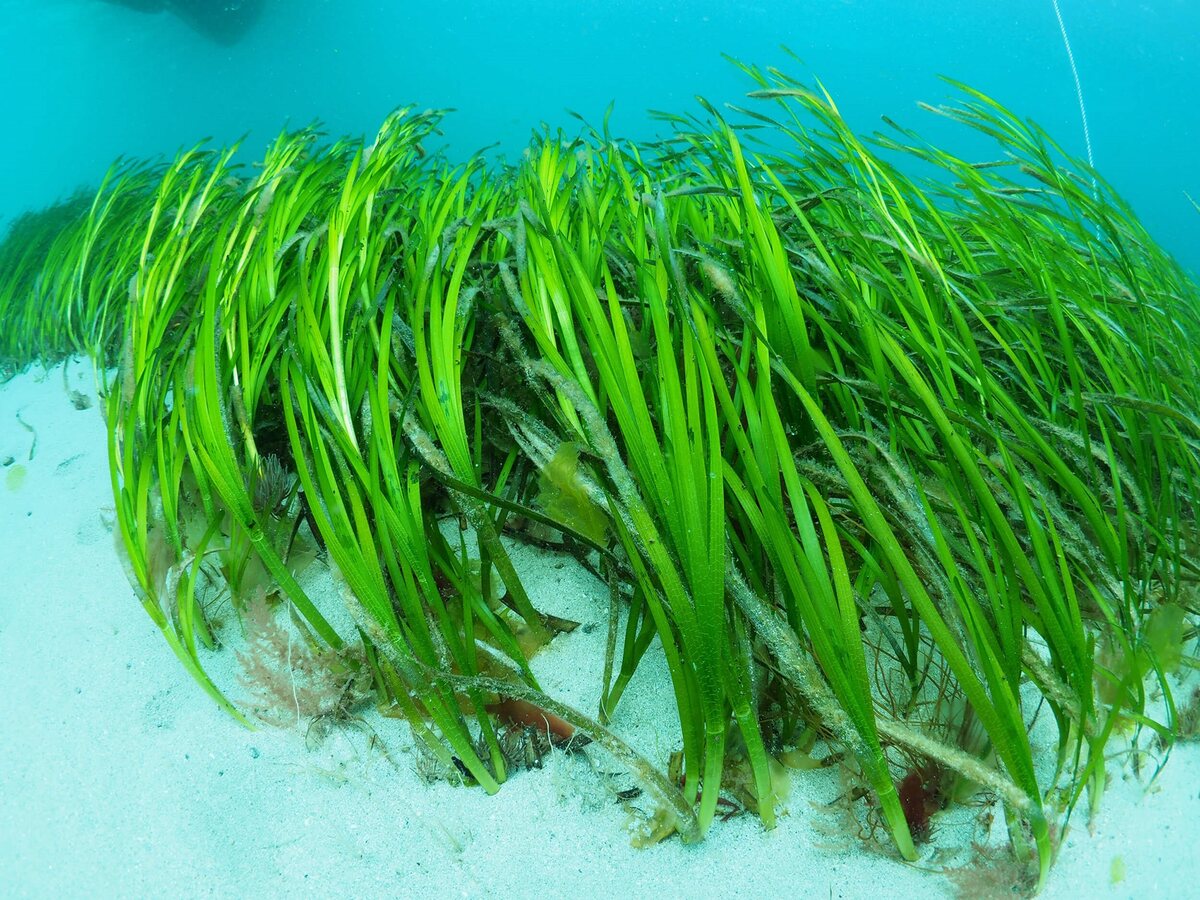
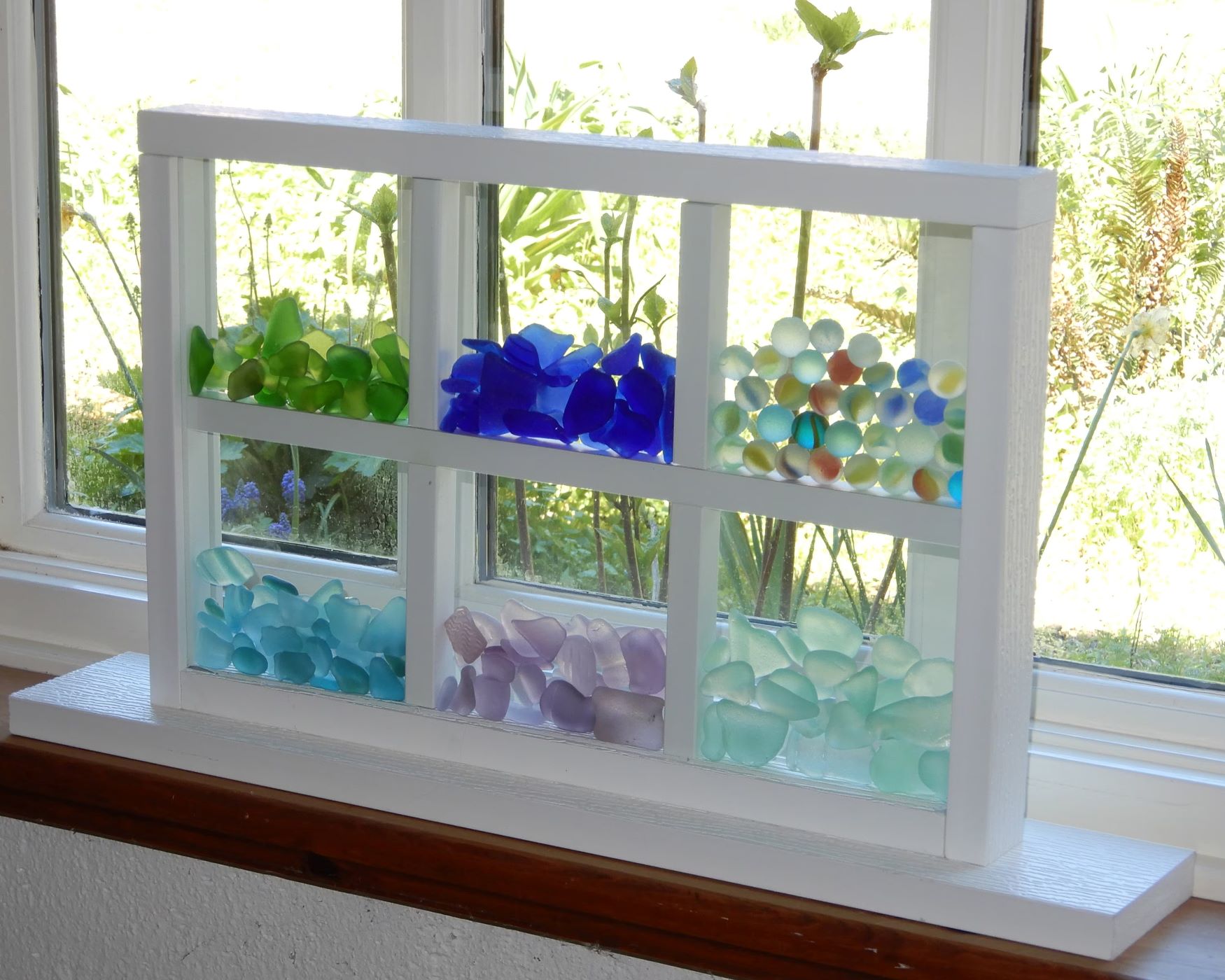
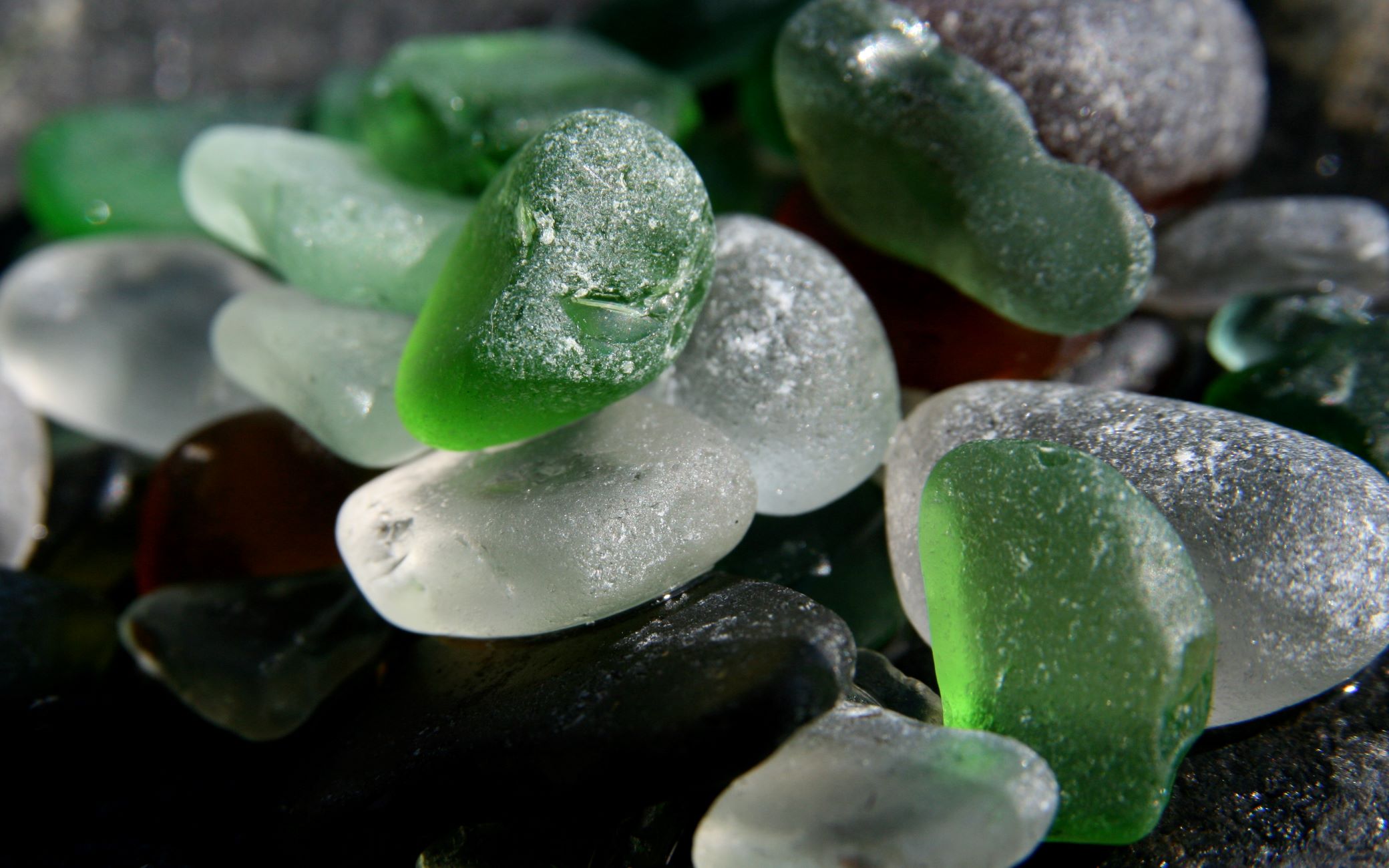
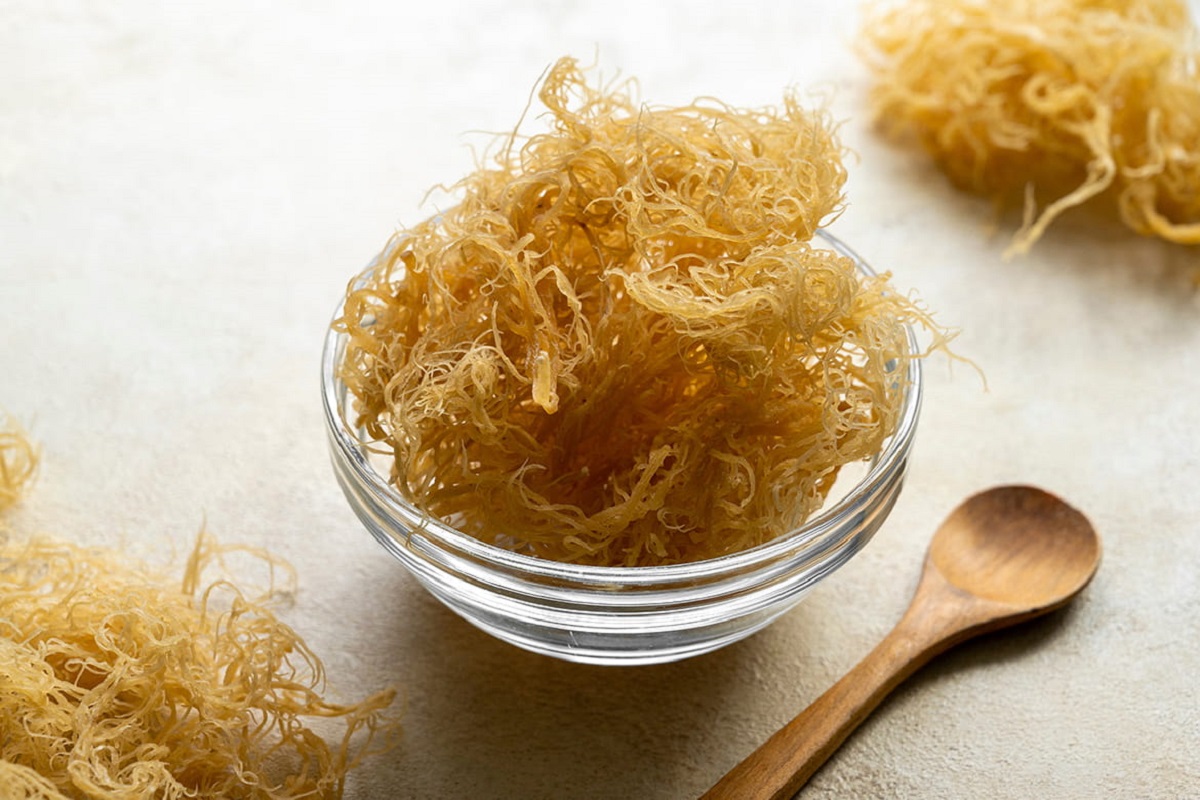
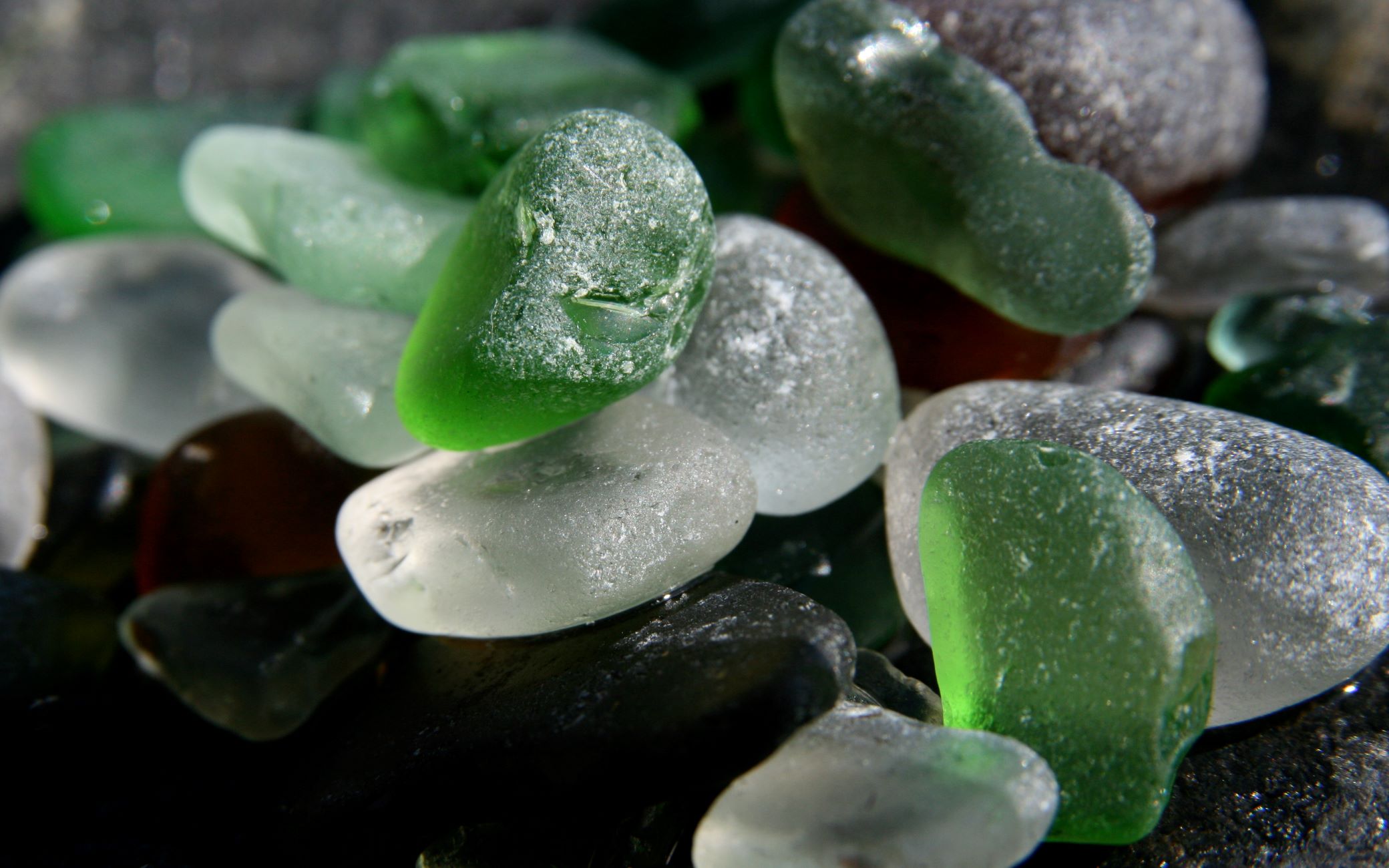
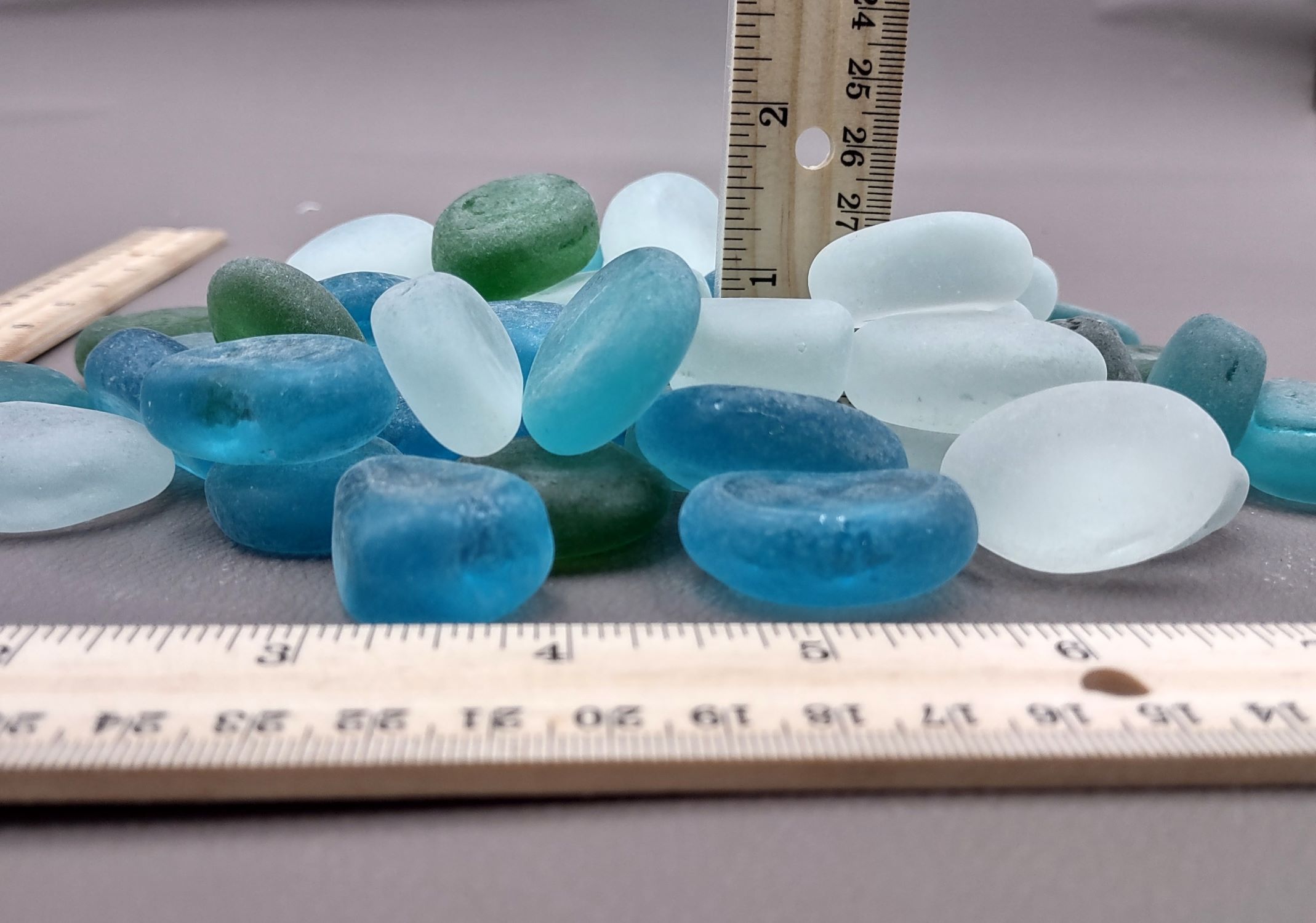
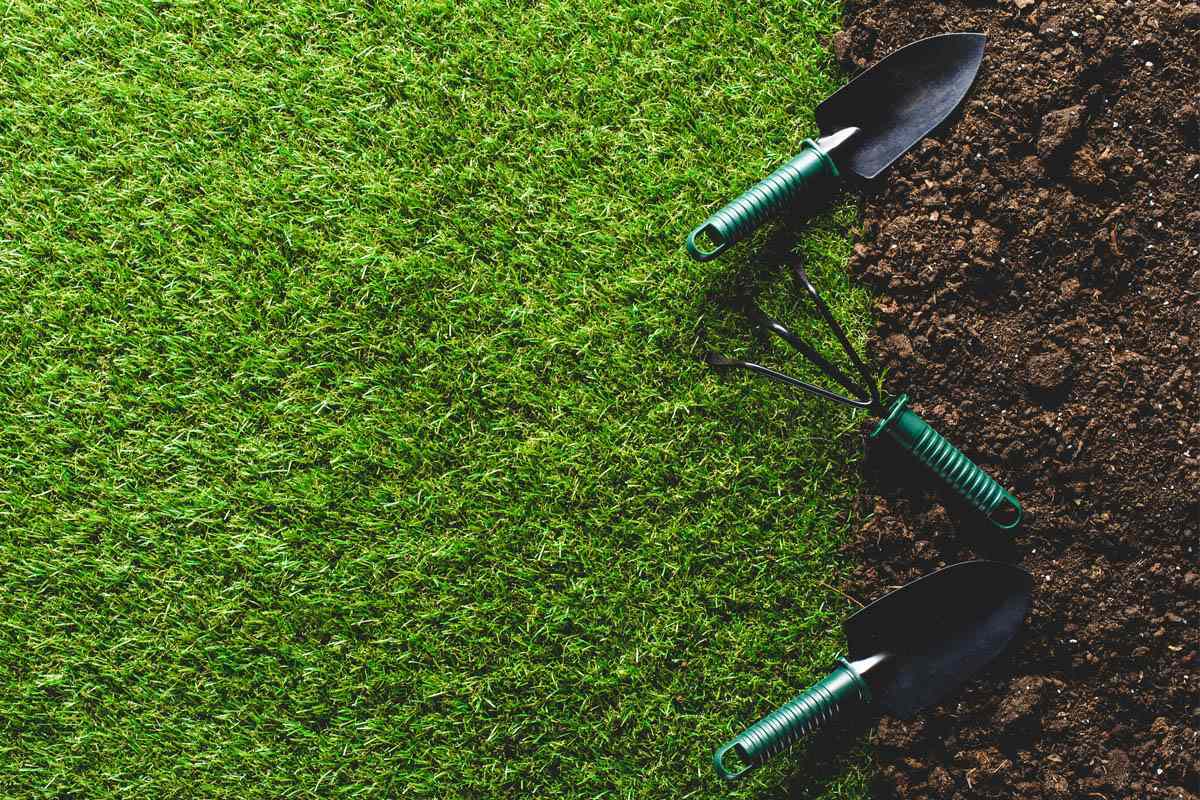
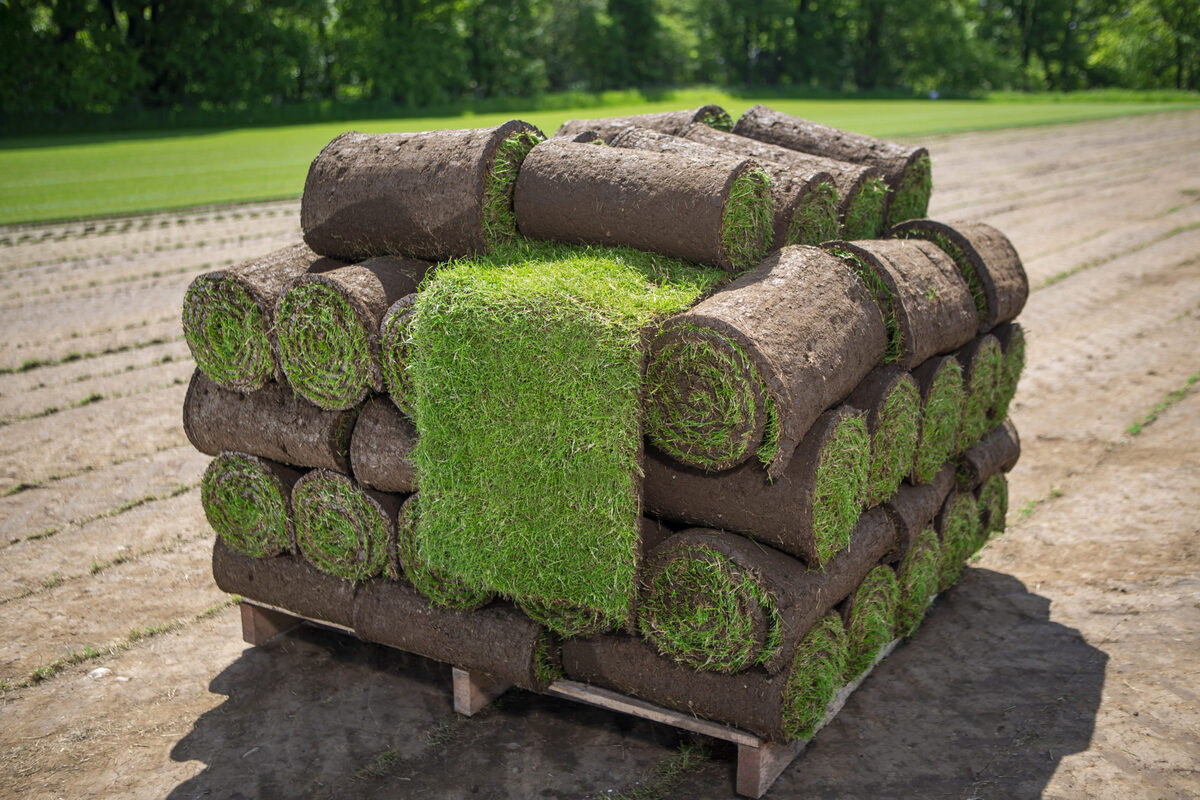
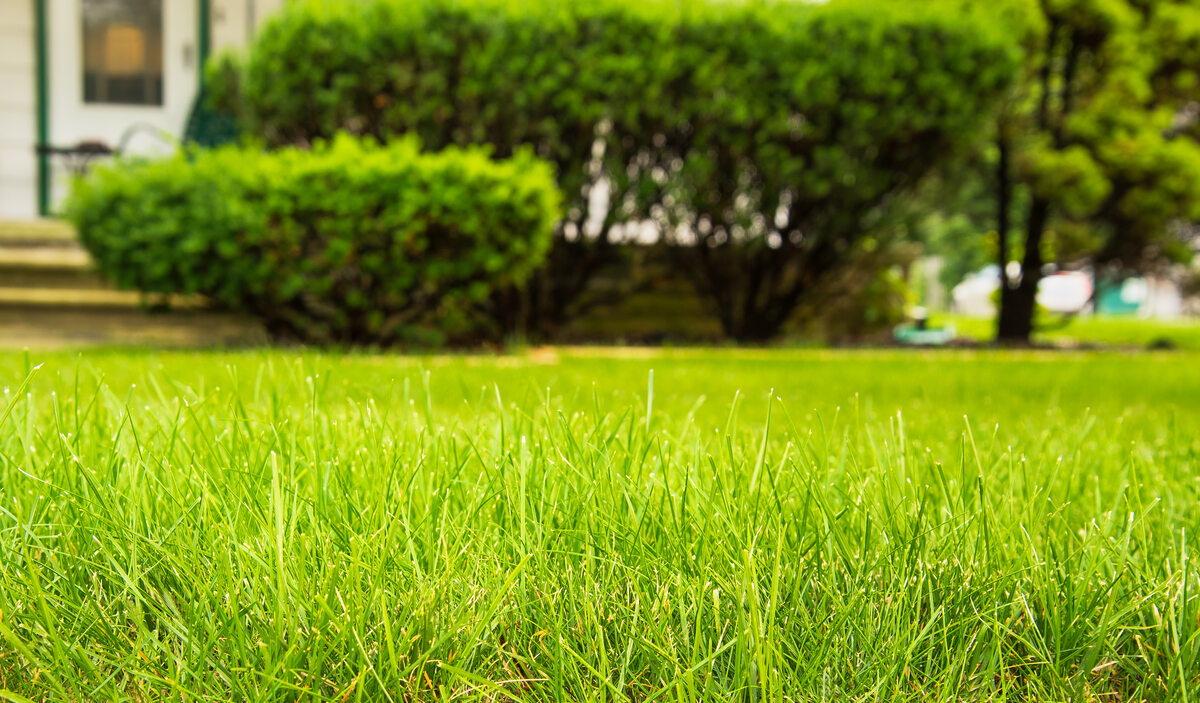
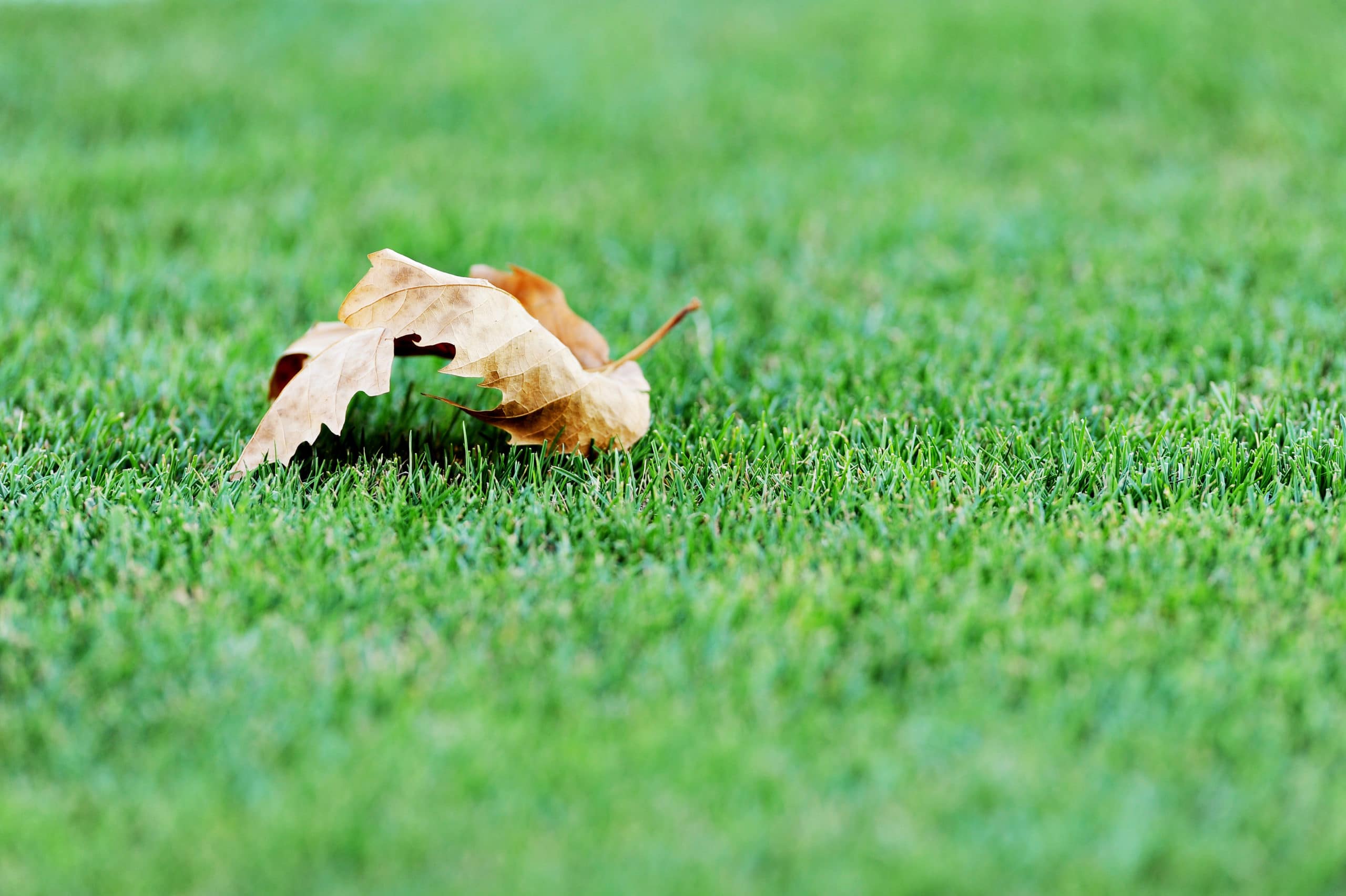
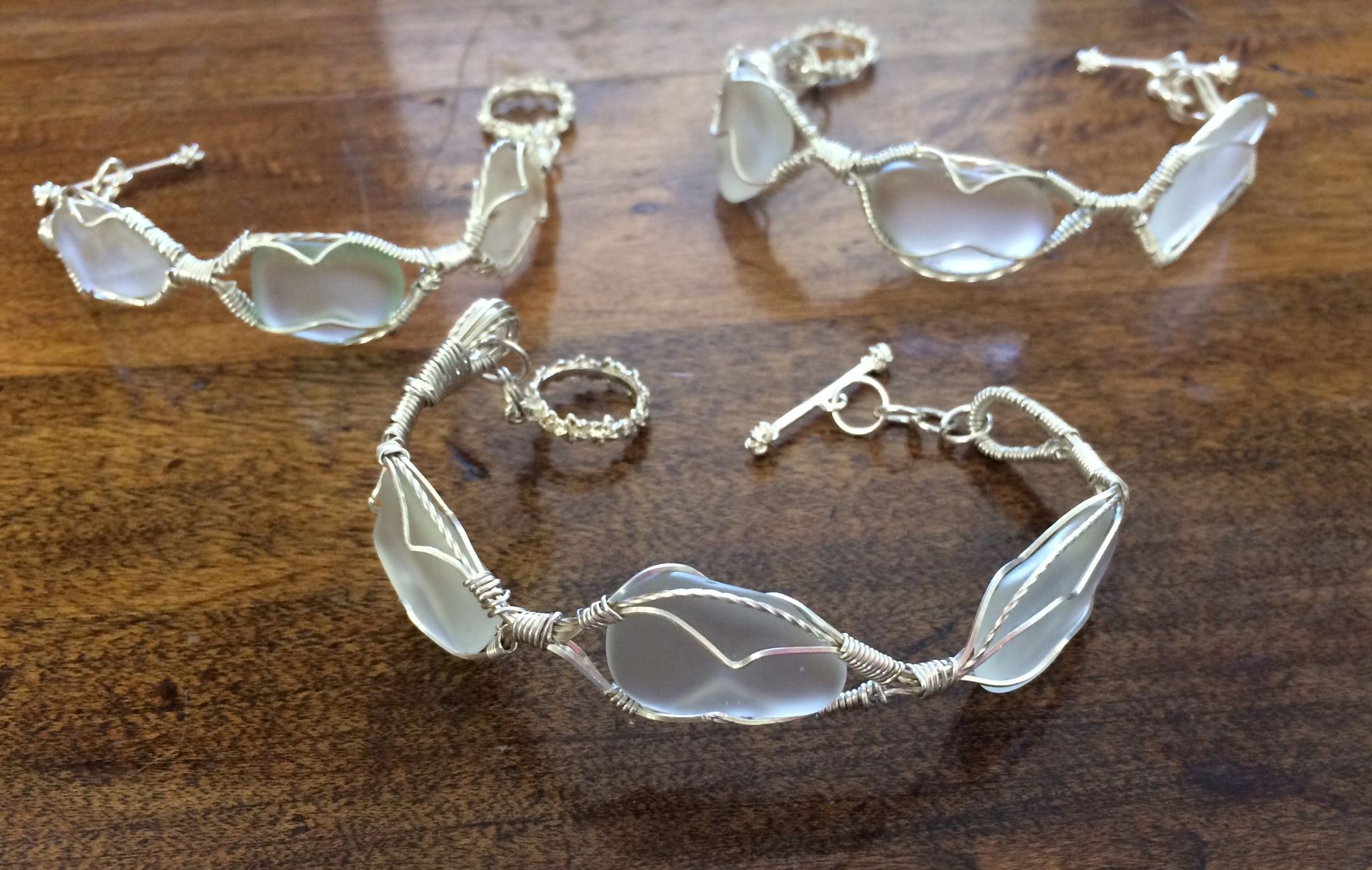
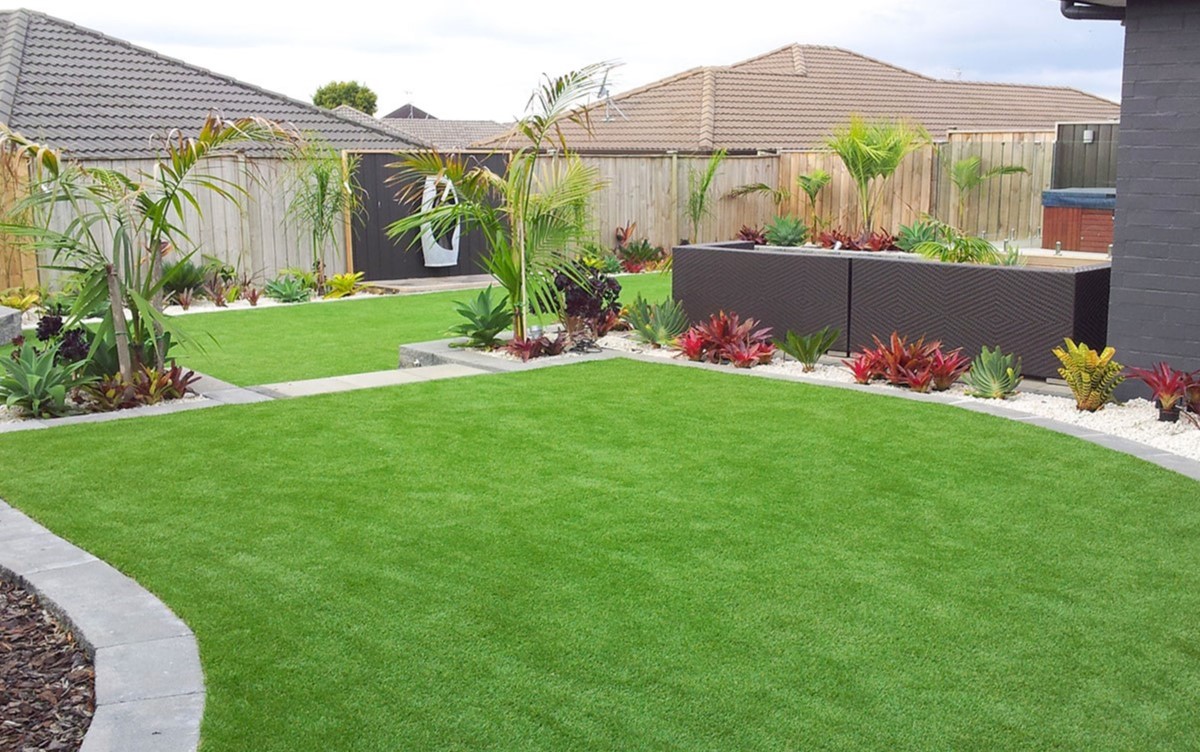


0 thoughts on “How To Get Sea Grass”